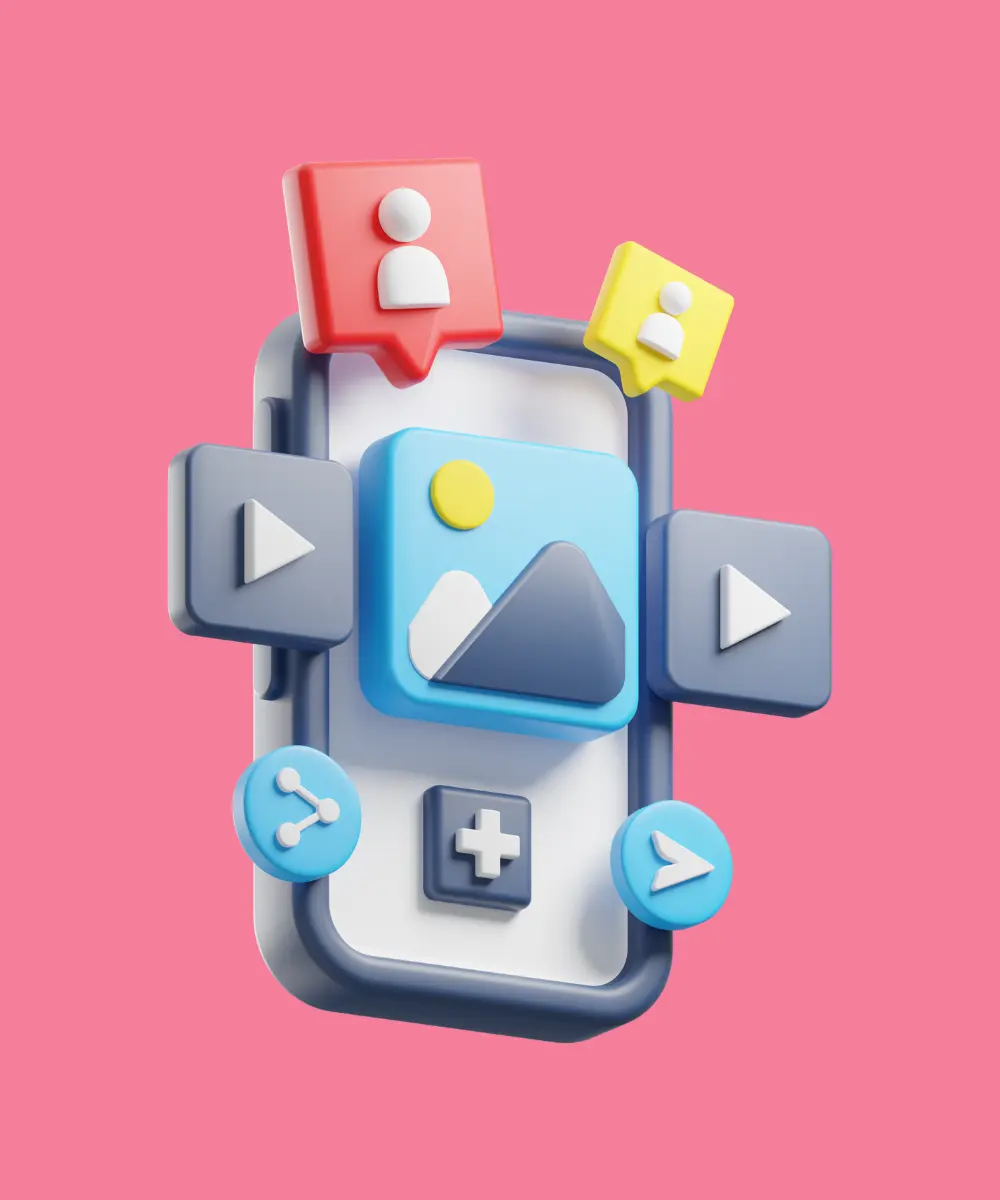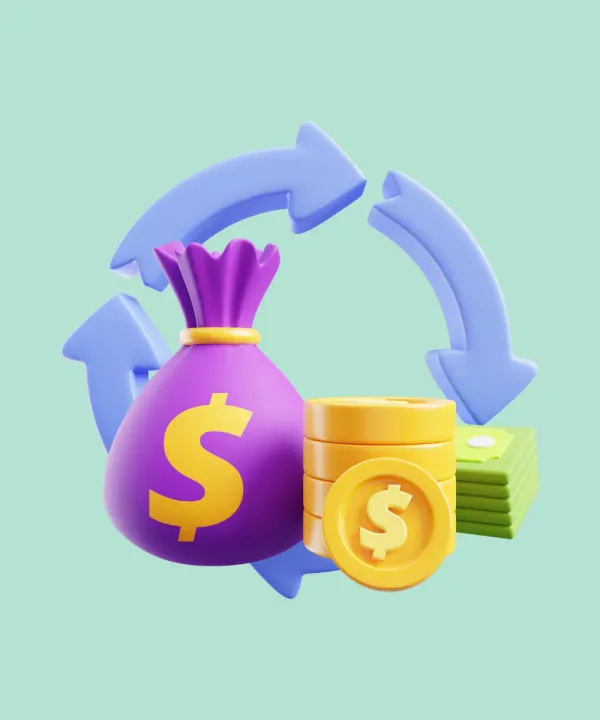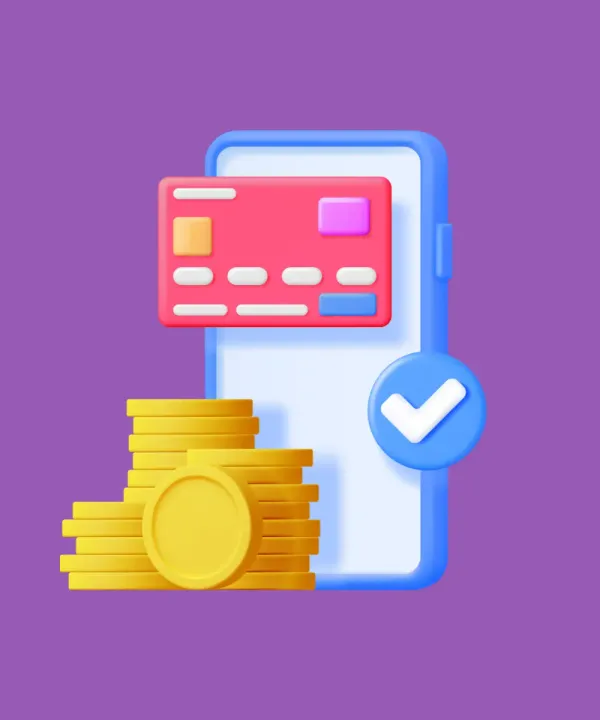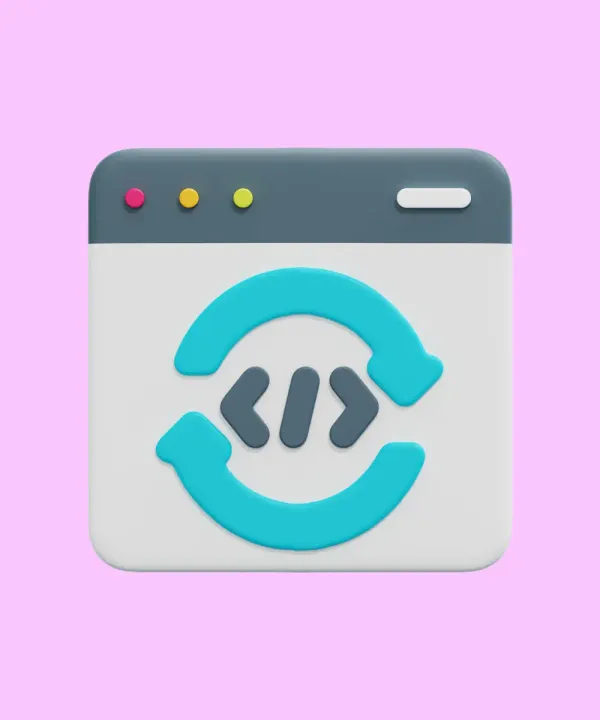In the digital era, social media apps have transcended beyond mere platforms for socializing to become integral parts of our daily lives. From connecting with friends and family to fostering professional relationships and engaging with communities of shared interests, social media apps have reshaped how we communicate, consume information, and even do business. This guide will explore the steps to create a social media app in 2024, focusing on leveraging Flutter, a cutting-edge framework designed for crafting high-quality, natively compiled applications for mobile, web, and desktop from a single codebase.
Market Overview
Globally, social media usage continues to climb, with the number of social media users worldwide surpassing 4.5 billion by early 2024, a significant increase from previous years. Platforms such as Instagram, TikTok, and LinkedIn have become integral parts of daily life, not just for individuals but for businesses too. The advertising spend on social media was projected to exceed $200 billion globally in 2024, underscoring the medium's importance in marketing strategies and customer engagement.
Key trends shaping the future of social media
- AR and VR: Over 1 billion users are expected to use AR-powered social media platforms by 2024. These technologies are not just enhancing user engagement but also opening new avenues for immersive advertising.
- AI and ML: AI is revolutionizing content personalization, with over 80% of businesses reporting improved engagement rates through AI-driven recommendations.
- Privacy and security: With data breaches costing companies an average of $3.86 million per incident, platforms are investing heavily in advanced security measures, aiming to rebuild trust and ensure user data protection.
- Decentralized social networks: Interest in decentralized platforms has spiked, with the sector seeing a 600% increase in user numbers in 2024, driven by growing concerns over privacy and data ownership.
Economic impact and user behavior
The integration of e-commerce features into social media platforms has notably influenced consumer purchasing habits, with social commerce sales expected to hit $1.2 trillion globally by 2024. Additionally, the adoption of digital wallets and microtransactions within these platforms has facilitated a smoother transaction process, contributing significantly to the platforms' revenue streams.
Changes in user behavior underscore the demand for more interactive and authentic content. The average time spent on social media per day has increased to 2.5 hours, with a notable preference for short-form video content, which has seen a 35% increase in engagement rates compared to other content types.
Types of Social Media Apps
In 2024, the diversity of social media apps has grown, reflecting the expanding ways in which people connect, share, and engage online. Understanding the different types of social media platforms is crucial for developers, marketers, and content creators aiming to tap into specific audiences. Below, we explore the various categories of social media apps, each serving unique purposes and catering to distinct demographics.
Networking platforms
- Examples: Facebook, LinkedIn
Networking platforms are the backbone of digital social interaction, facilitating connections between friends, family, and professional contacts. These platforms offer a mix of personal and professional benefits, including networking opportunities, job searches, and the sharing of personal milestones. LinkedIn, for example, has evolved into a vital tool for professional networking, job hunting, and industry-specific content sharing, while Facebook continues to dominate personal social networking.
Photo and video sharing platforms
- Examples: Instagram, TikTok, Snapchat

This category has seen explosive growth, driven by users' preference for visual content. Instagram remains a powerhouse for photo sharing and has become a hub for influencers and brands due to its visually appealing content and extensive user base. TikTok has revolutionized short-form video content, creating a platform for viral trends and creative expression. Snapchat continues to appeal to younger audiences with its ephemeral content and innovative AR filters.
Microblogging platforms
- Examples: Threads, Twitter, Tumblr
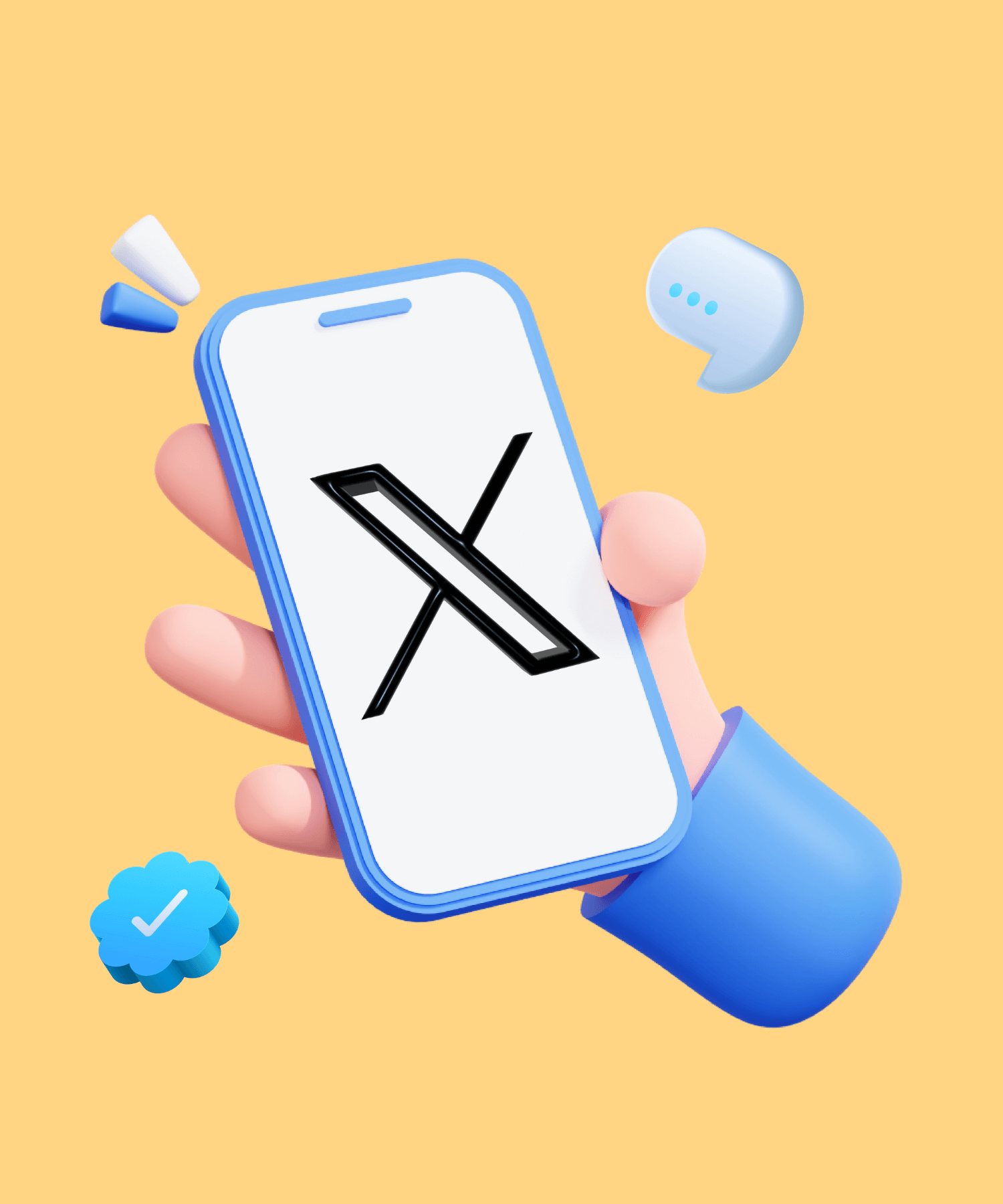
Microblogging platforms allow users to share short messages, links, and media to a broad audience. Twitter, known for its brevity and real-time updates, remains a key platform for news, entertainment, and political discourse. Tumblr provides a more niche community for sharing and exploring creative content, appealing to artists, writers, and fandoms.
Interest-based networks
- Examples: Pinterest, Goodreads
Interest-based networks connect users through shared hobbies, interests, and activities. Pinterest serves as a visual discovery engine for finding ideas like recipes, home and style inspiration, and DIY projects. Goodreads is tailored for book enthusiasts, offering a platform to discover new books, share reviews, and connect with fellow readers.
Messaging apps
- Examples: WhatsApp, Telegram, WeChat
Messaging apps have transcended simple text exchanges, evolving into comprehensive platforms for voice, video calls, and file sharing. They play a crucial role in personal communication and are increasingly being used for business purposes, customer service, and community building. WhatsApp and Telegram offer end-to-end encryption, prioritizing user privacy, while WeChat dominates the Chinese market, offering an all-in-one experience with payment and social features.
Forums and discussion platforms
- Examples: Reddit, Quora
Forums and discussion platforms are the digital town squares where users gather to discuss various topics, ask questions, and share opinions. Reddit covers a vast array of subjects, from the mundane to the niche, allowing for deep dives into specific interests. Quora, on the other hand, focuses on knowledge sharing and Q&A, connecting people who have knowledge with those who need it.
General Features of a Social Media App
In the social media app development, certain features have become essential for engaging users, fostering community, and ensuring a seamless user experience. These features are the building blocks of any successful social media platform, contributing to its growth, user retention, and overall appeal. Below, we delve into the general features crucial for a social media app in 2024, highlighting their importance and implementation considerations.
- User profiles: digital representation of individuals or entities on social media platforms. They include basic information, such as names and photos, along with more detailed data like interests, bio, and past activity. Profiles are vital for personalization and identity. They allow users to express themselves, connect with others, and curate content based on their preferences.
- Content sharing: the ability to post text, images, videos, and links is fundamental to social media. This feature enables users to share their thoughts, experiences, and creations with their network or the public. Content sharing drives engagement and interaction on the platform, encouraging users to spend more time and contribute to the ecosystem.
- Messaging and communication: Direct messaging (DM) and commenting capabilities facilitate private and public conversations between users. This includes one-on-one chats, group messages, and the ability to comment on shared content. Communication tools are essential for building and maintaining connections within the app, enhancing the sense of community among users.
- Notifications: Alert users to activity related to their profile or interests, such as new messages, likes, comments, or mentions. They keep users informed and engaged with the app, prompting them to return and participate in ongoing conversations or view new content.
- Search and discovery: A robust search function allows users to find other profiles, content, and interest groups within the app. Discovery features, often powered by algorithms, suggest content that matches user interests and behavior. These features help users explore new content, expanding their network and interactions on the platform beyond their immediate circle.
- Privacy and security settings: Privacy controls enable users to manage who sees their content and personal information. Security settings protect accounts from unauthorized access and data breaches. With growing concerns over data privacy and online safety, these settings are crucial for user trust and compliance with regulatory standards.
- Multimedia support: Supporting various media types, including photos, videos, and audio, allows for a richer content experience. Features like live streaming and AR filters have become increasingly popular. Multimedia support caters to diverse user preferences and encourages creative content creation, enhancing user engagement.
- Analytics and insights: For creators and businesses, analytics provide valuable data on content performance, audience demographics, and engagement patterns. Insights help users optimize their content strategy and increase their reach and impact on the platform.
- Integration with other platforms: Allowing users to link their social media profiles with other apps and services facilitates content sharing across platforms and simplifies login processes. Integration enhances user convenience and extends the app's functionality and accessibility, increasing its utility and appeal.
Main Steps in Social Media App Development
Developing a social media app involves a series of strategic, design, and technical steps. Each phase is critical to ensuring the final product meets user expectations and achieves its intended goals. In 2024, with the social media landscape more competitive than ever, following a structured development process can significantly enhance the chances of success. Below, we detail the main steps involved in social media app development, providing insights into best practices and key considerations.
1. Market research and ideation
Objective: Understand the market landscape, identify user needs, and conceptualize the app idea.
- Conduct market analysis: Examine current trends, competitor strategies, and market gaps. Tools like Google Trends, App Annie, and Sensor Tower can provide valuable insights.
- Define target audience: Determine who your app is for. Create user personas to guide feature selection and design decisions.
- Ideation: Brainstorm app features, unique value propositions, and potential monetization strategies. Consider what will make your app stand out.
2. Designing a user-friendly UX/UI
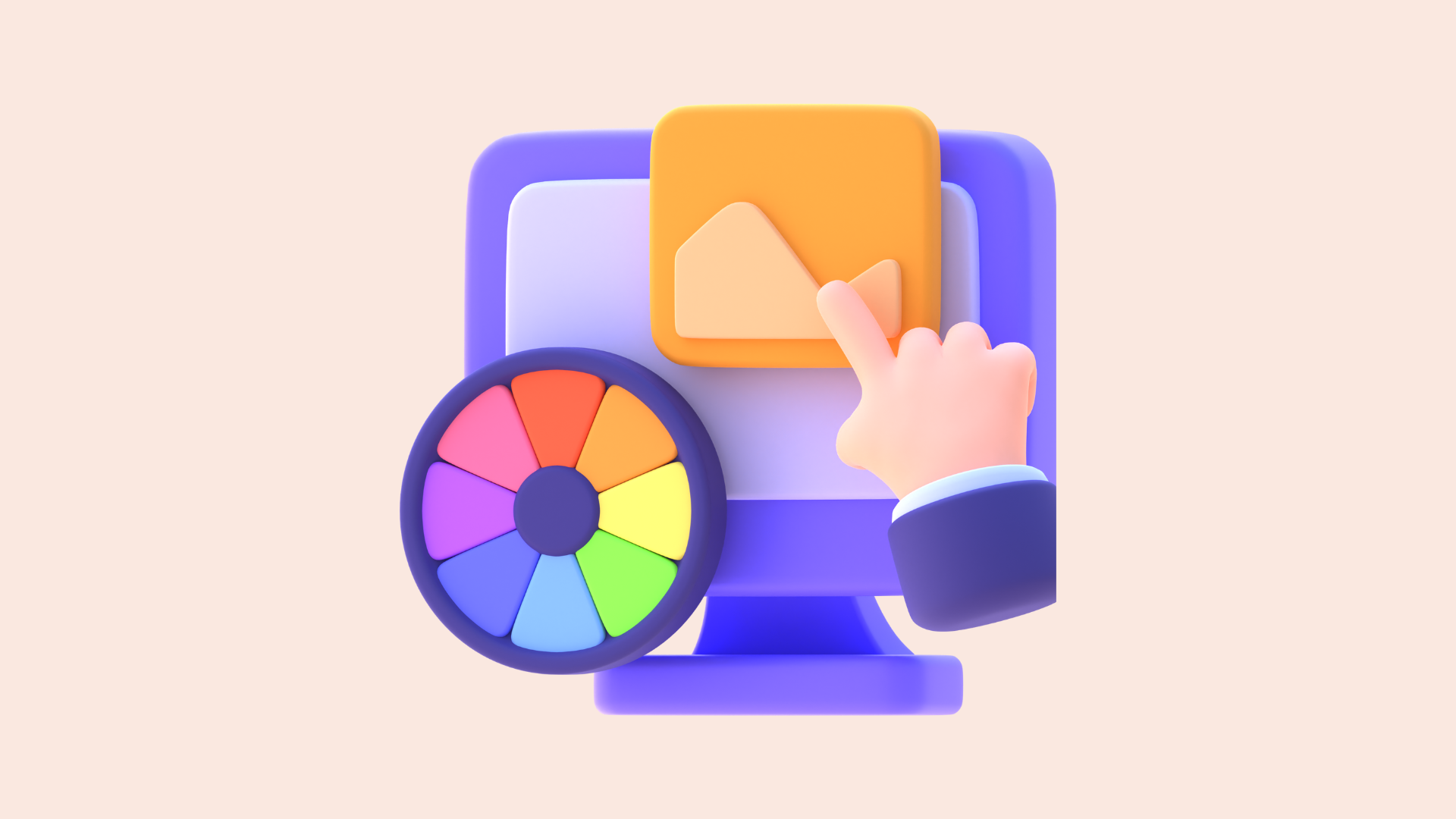
Objective: Create an intuitive and engaging user interface and user experience design.
- Wireframing: Sketch out the app's structure and key features. Tools like Balsamiq and Sketch can be useful for creating low-fidelity wireframes.
- Prototyping: Develop a clickable prototype to simulate user interaction. Use tools like InVision or Adobe XD for high-fidelity prototypes.
- UX/UI design: Finalize the visual design and user experience, focusing on simplicity, navigability, and consistency. Pay attention to platform-specific design guidelines (iOS Human Interface Guidelines, Material Design for Android).
3. Choosing the right technology stack
Objective: Select appropriate technologies for front-end, back-end, and database components.
- Front-end development: Consider Flutter for cross-platform development to ensure a consistent user experience across iOS and Android with a single codebase.
- Back-end development: Choose a scalable and secure server-side language and framework, like Firebase, Node.js with Express for RESTful API development.
- Database selection: Opt for a robust database solution that can handle scale and complexity, such as MongoDB for flexibility or PostgreSQL for relational data structures.
4. App development

Objective: Execute the development plan, building the app according to specifications.
- Agile methodology: Adopt an agile development approach, allowing for iterative development, regular feedback, and flexibility in adapting to changes.
- Version control: Use version control systems like Git to manage code changes and collaboration among development team members.
- Continuous integration and deployment (CI/CD): Implement CI/CD pipelines to automate testing and deployment processes, ensuring code quality and efficient delivery.
5. Quality assurance and testing
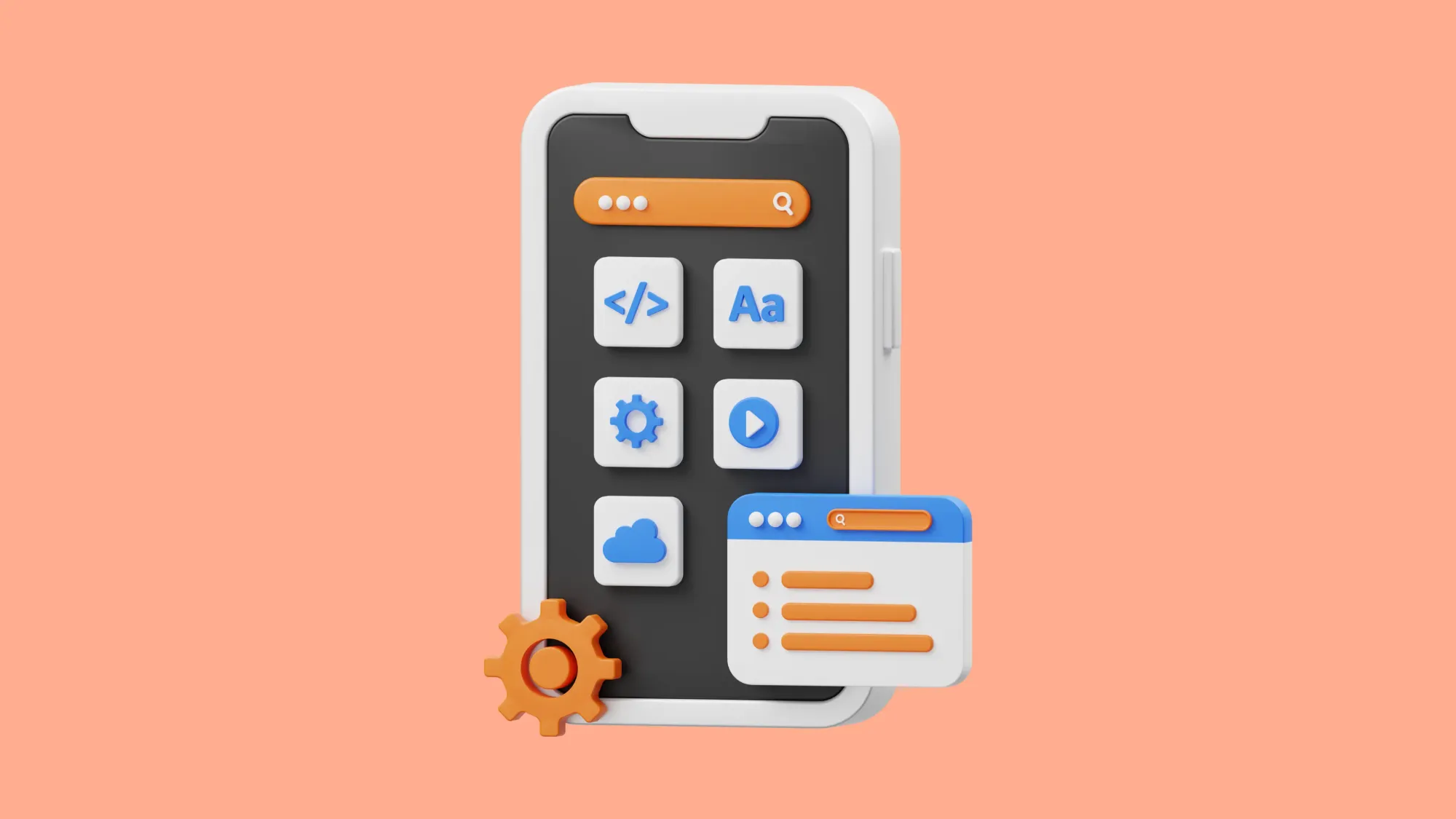
Objective: Ensure the app is functional, user-friendly, and free from critical bugs.
- Develop test cases: Create comprehensive test cases covering all features and user scenarios.
- Perform various testing types: Conduct unit testing, integration testing, performance testing, and user acceptance testing (UAT) to identify and fix issues.
- Beta testing: Release a beta version to a select group of users for real-world feedback and to catch any remaining issues.
6. Launch and marketing strategies
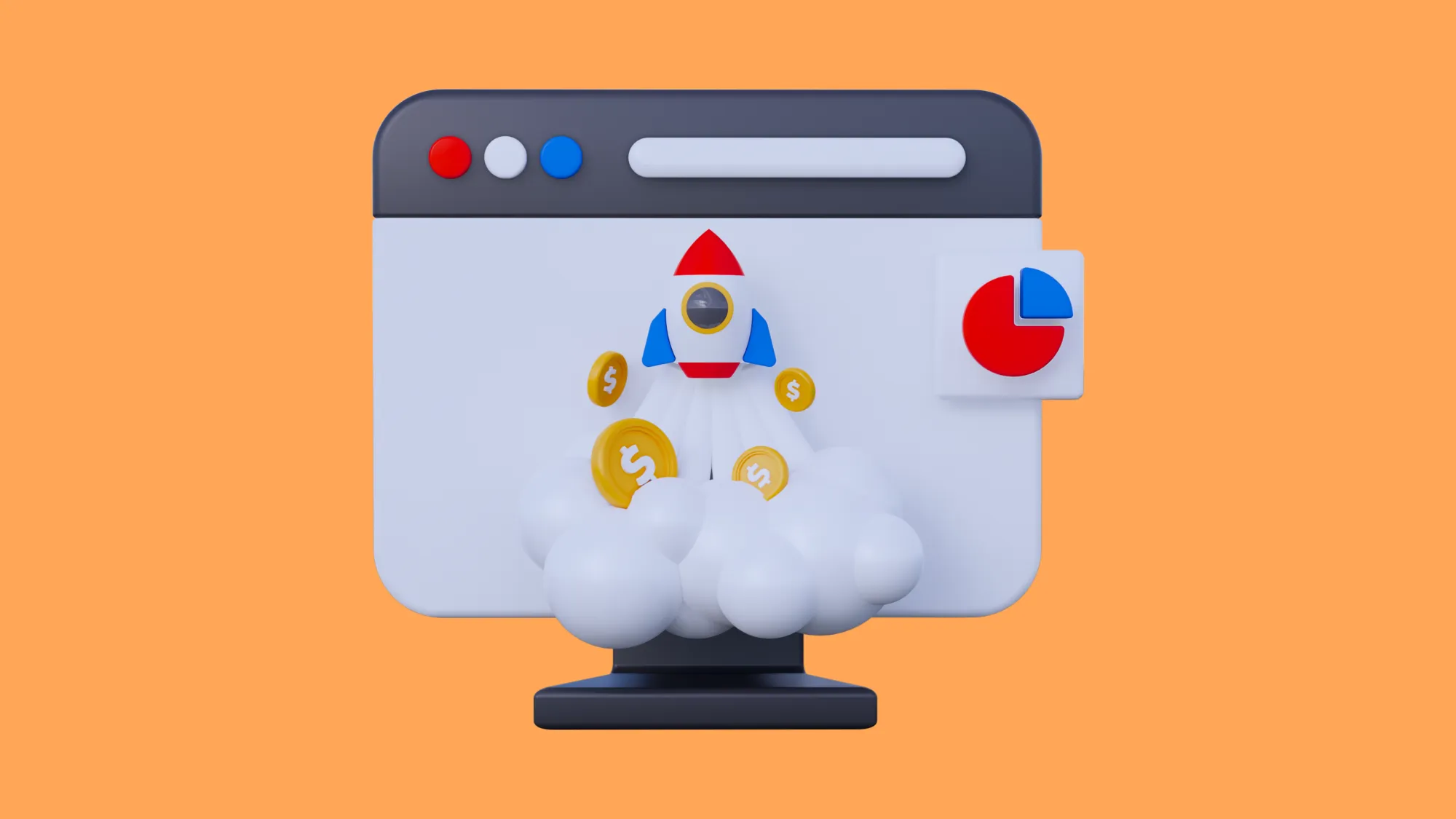
Objective: Successfully launch the app on relevant platforms and implement marketing strategies to attract users.
- App store optimization (ASO): Optimize app store listings with compelling descriptions, keywords, and visuals to improve visibility.
- Marketing campaigns: Utilize social media, influencer partnerships, and content marketing to generate buzz and attract users.
- User feedback loop: Establish mechanisms for collecting user feedback post-launch, allowing for continuous improvement based on real user experiences.
How Much Does It Cost to Create a Social Media App in 2024

The cost of creating a social media app in 2024 varies widely depending on the app's complexity, chosen technology stack, and the geographical location of the development team. To provide a clearer picture, we will break down the estimated costs into three categories based on the size of the app: small, medium, and large. Each category comes with its own set of features, development timelines, and cost implications.
Small social media app
Small-scale apps are designed for niche audiences with more straightforward needs. Development focuses on core functionalities without extensive customization or advanced features like AI-driven content recommendations or live streaming. The aim is to create a minimal viable product (MVP) to test the market.
Features:
- Basic user profiles
- Simple posting and content sharing (text and images)
- Basic search functionality
- Like and comment features
- Basic notifications
Timeline: 3-6 months
Cost estimate: $20,000 to $50,000
The cost primarily depends on the choice of development (in-house team or outsourcing), the geographical location of the team, and the specific technology stack used. Development in Eastern Europe or Asia could be more cost-effective than in North America or Western Europe.
Medium social media app
Medium-scale apps cater to a broader audience and incorporate more sophisticated features that require additional development and design efforts. This category introduces real-time communication and better integration capabilities, aiming to enhance user engagement and provide more value.
Features:
- Enhanced user profiles with customization options
- Multimedia content sharing (images, videos, links)
- Advanced search and discovery features
- Real-time messaging and group chats
- Push notifications
- Integration with other social media platforms
- Basic analytics for users
Timeline: 6-12 months
Cost estimate: $50,000 to $150,000
The increased cost reflects the added complexity and the need for more experienced developers. Additionally, investments in user experience (UX) design and backend scalability to handle more users and data are significant factors in the cost.
Large social media app
Large-scale apps are feature-rich platforms designed for massive, global audiences. They require significant investment in advanced technologies, security, and data management to ensure a seamless and engaging user experience at scale.
Features:
- Advanced user profiles with social graph integration
- High-quality video and live streaming capabilities
- AI-driven content discovery and recommendations
- Advanced messaging features with encryption
- Customizable push notifications
- Robust analytics and insights for users and administrators
- High-level security features and data protection
- Scalability to support millions of users
Timeline: 12-24 months
Cost estimate: $200,000 to $500,000 or more
The substantial cost is due to the complexity of the features, the high standards for security and privacy, and the need for a scalable infrastructure that can support a large number of concurrent users. Development teams might include top-tier talent across multiple disciplines, including AI and machine learning specialists, which further increases the cost.
Conclusion
Creating a social media app in 2024 demands a strategic blend of innovative thinking, technical expertise, and market insight. Whether you're looking to launch a small, medium, or large-scale app, understanding the associated costs, timelines, and essential features is crucial for planning and executing a successful project. As we've explored, costs can vary significantly based on the app's complexity and the development approach, ranging from $20,000 for a minimal viable product to over $500,000 for a feature-rich platform designed for global audiences.
The journey to launching a social media app is filled with challenges and opportunities. By focusing on creating engaging, user-friendly experiences and leveraging the latest technologies, your app can stand out in the crowded social media landscape. Remember, the key to success is not just in building an app but in continuously evolving it to meet user needs and market trends.
Are you ready to take the next step in developing your social media app? What the Flutter is here to help. Our team of experienced developers specializes in creating custom, high-quality social media apps that resonate with users and drive engagement. Whether you're at the idea stage or ready to start development, we can guide you through the process and bring your vision to life. Contact us today to discuss your project and learn how we can help you create a social media app that stands out in 2024. Let's build something great together.

